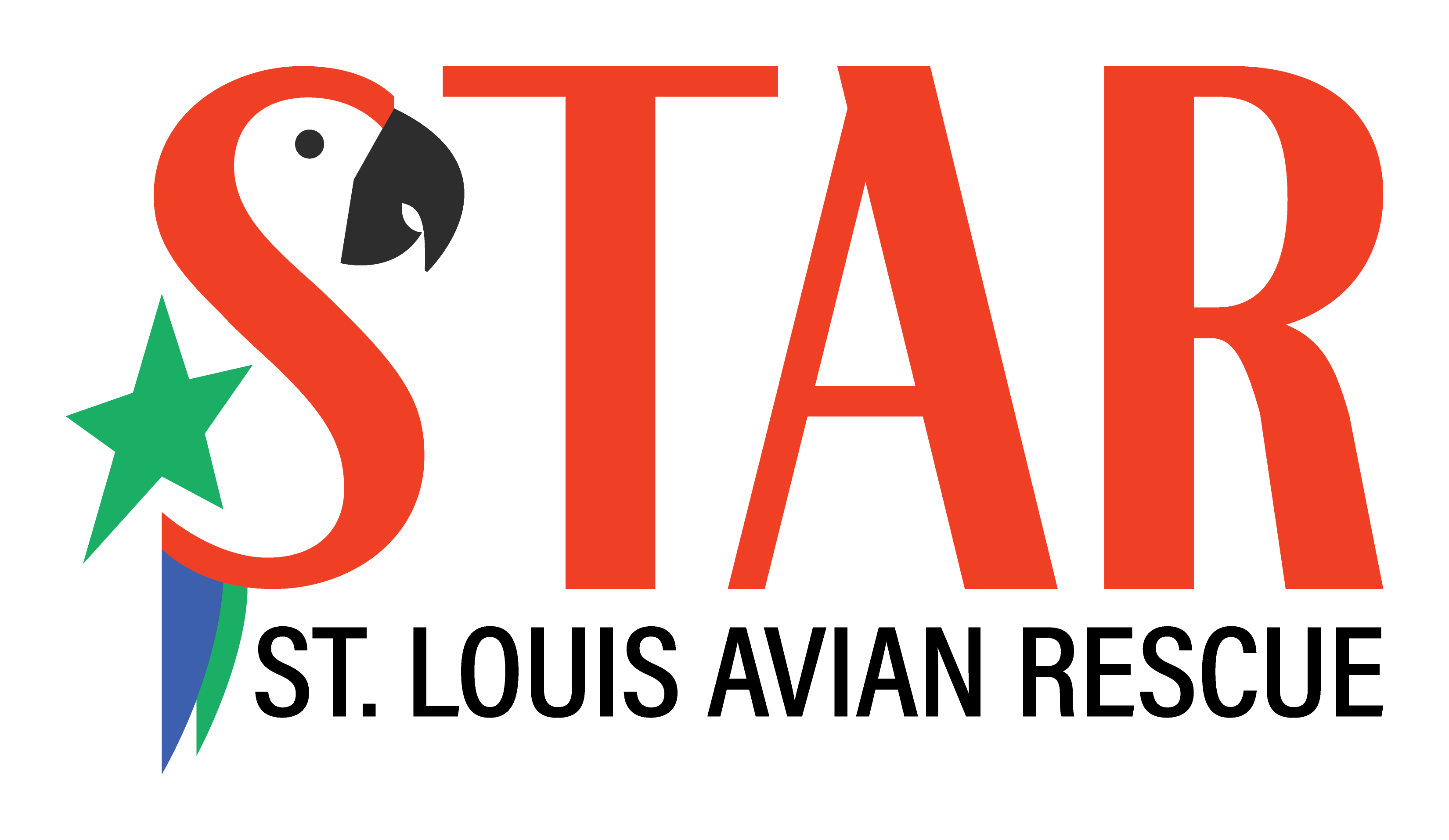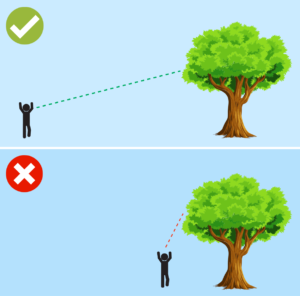Help! I lost my bird!
When your bird flies away, it can be a very scary time, but the sooner you take action, the better chance of capturing your bird.
For more resources, flyer templates and to create a lost bird report please visit 911 Parrot Alert.

